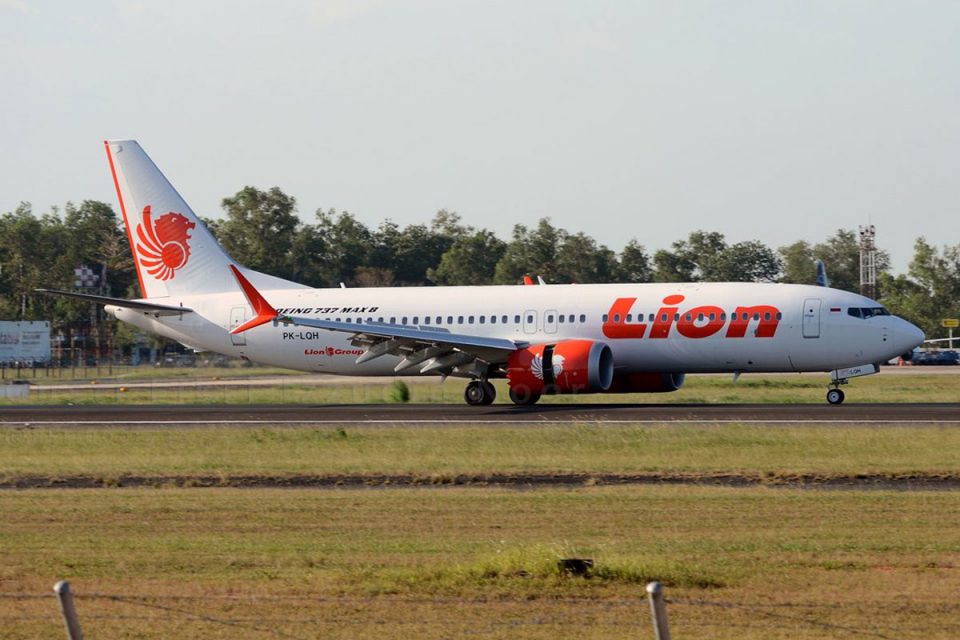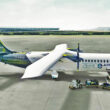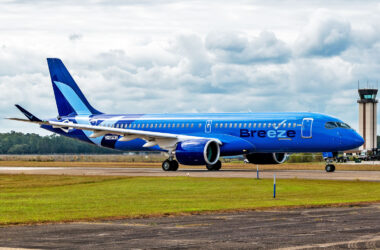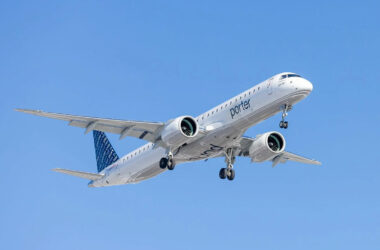Boeing quietly celebrated a milestone, the delivery of the 1,500th 737 MAX this week. The aircraft, model 737-8200, with high seating density, was delivered to Ryanair, one of the largest operators of this type in the world.
The feat was achieved exactly seven years after the delivery of the first 737 MAX to Lion Air, from Indonesia. This gives the narrow-body jet an average monthly delivery of 18 planes, a low level for Boeing.
The reason is known: after two fatal accidents between September 2018 and March 2019, the aircraft was grounded across the globe, while investigations progressed to understand what was wrong with the 737 MAX.
Deliveries only resumed in December 2020, with hundreds of ready-made jets filling factories and even vehicle parking lots.

Pace grows, despite problems
Even so, Boeing has struggled to establish a production and delivery rhythm in line with the enormous existing demand.
Follow Air Data News: WhatsApp | Google News | Instagram | LinkedIn | Twitter | Facebook
We had the honor of delivering our 1,500th 737 MAX, which went to @Ryanair.
We’re grateful to Ryanair for their partnership, and appreciate all of our global customers who choose the 737 MAX. pic.twitter.com/621kfZPl7a
— Boeing Airplanes (@BoeingAirplanes) May 14, 2024
After delivering 256 aircraft in 2018, the planemaker only surpassed this number in 2022, when it delivered 374 aircraft.
Last year there were 387 units, but recent quality issues have already compromised the planned recovery.
Still, Boeing has been expanding deliveries. If the 500th was delivered 47 months after its debut in service, the thousandth plane was sent by the company 18 months later.

Between jet number 1,000 and 1,500, 16 months passed. The monthly numbers, as shown in the infographic, reveal an inconsistent pace in deliveries, which peaked in December 2022 with 53 aircraft.
Since then, Boeing has seen its cadence suffer a further decline. Given the current situation, it is difficult to predict when the 2000th 737 MAX will be delivered.






